Get ready to look skyward, because 2018 will be starting on an astronomical note, with a list of phenomena set to take place as early as January 2. According to the National Space Agency of Malaysia (ANGKASA) there are six events taking place in the month – the Supermoon, Blue Moon, Micromoon, and a meteor shower, to name a few.
January 2: The Supermoon
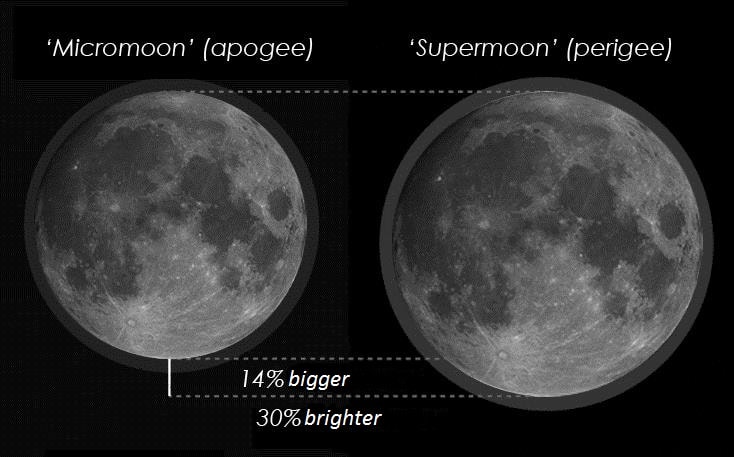
The Moon will be at the perigee position, which is the point where the Moon is nearest to the earth. At 5.54am, the distance between the Moon and the Earth will stand at 356,566 km, which is the closest the distance will be during 2018.
According to Angkasa, the full Moon phase at 10.24am almost coincides with the perigee position, known as a Supermoon. A Supermoon looks around 12% to 14% bigger than its counterpart, the Micromoon, and up to 7% bigger than an average Full Moon.
January 3: Earth’s Perihelion Position
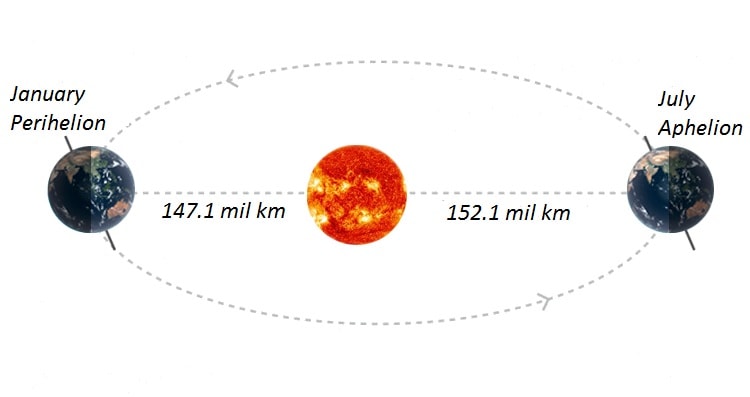
This means that the Earth is the closest to the Sun at 3.34pm on its annual orbit path around the Sun. The opposite position, when the Earth is farthest from the Sun, will happen in July, known as the aphelion position.
January 3 and 4: Quadrantids Meteor Shower
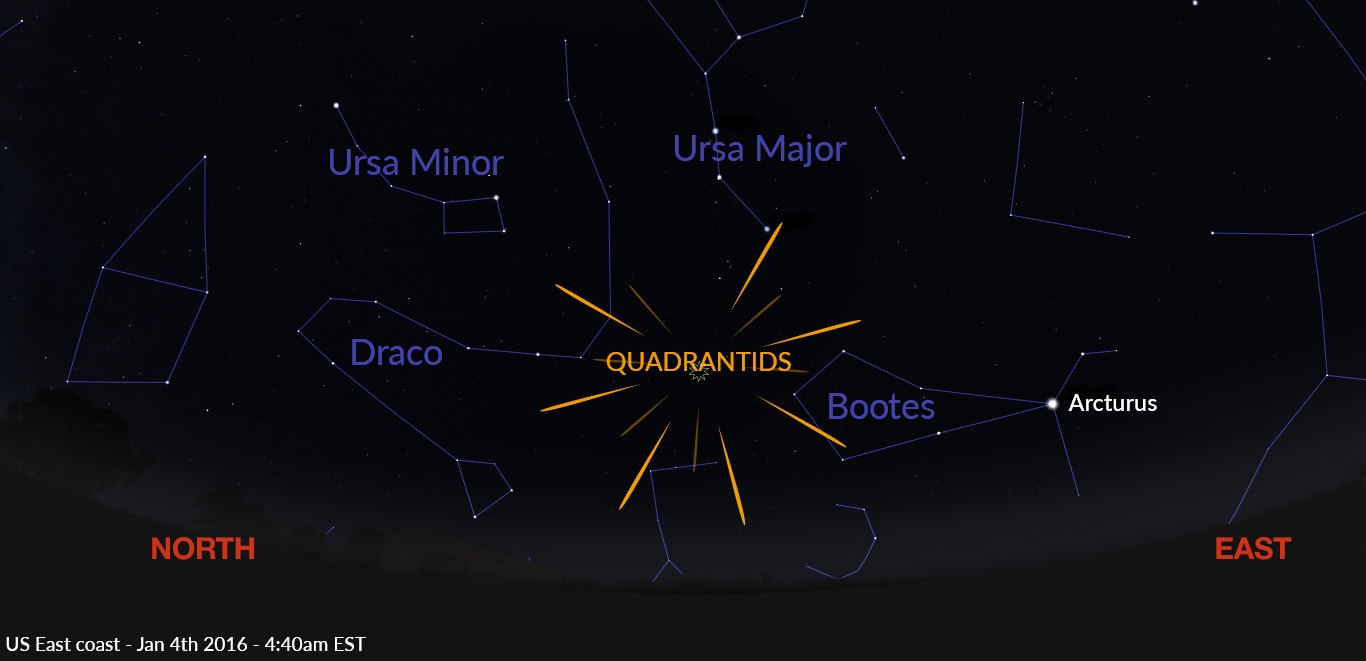
The first major meteor shower of the year, the peak of the Quadrantids will be on the night of January 3 and early January 4. The Quadrantids meteor shower is the residual remains of the 2003 EH1 Comet. The appearance of the shower is expected to bring about 40 meteors per hour; however, we may not be able to see it because the full Moon will reduce the visibility of the event.
January 15: Apogee Moon
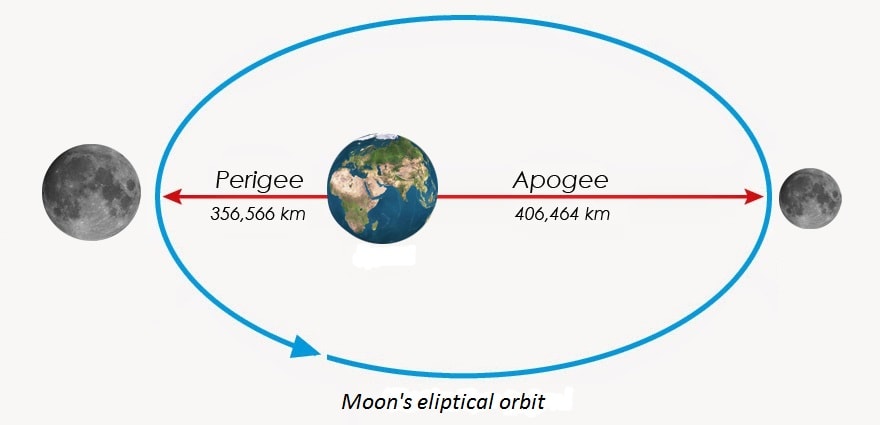
This is when the Moon is the farthest from Earth in 2018, called the apogee position, and will take place at 10.09am, with a distance of 406,464km between the Moon and the Earth. When the Full Moon or New Moon takes place around the date of apogee, it is called ‘Micromoon’, ‘Minimoon’, or Apogee Moon. The New Moon Phase will take place on January 17, 2018 at 10:21 am and it is known as ‘Micromoon’.
31 January: Total Lunar Eclipse
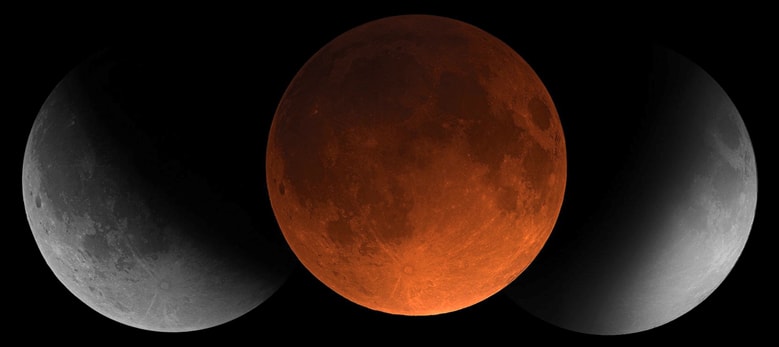
A total lunar eclipse will occur in the United States, Northeast Europe, Russia, Asia (including Malaysia), the Indian Ocean, and Australia. In Malaysia, the eclipse starts at 7.45pm, reaching its peak (maximum) at 9.30pm and ends at 11.11 pm. Barring any cloud cover, the eclipse will be visible throughout the country.
31 January: “Blue Moon” – The Second Full Moon in January
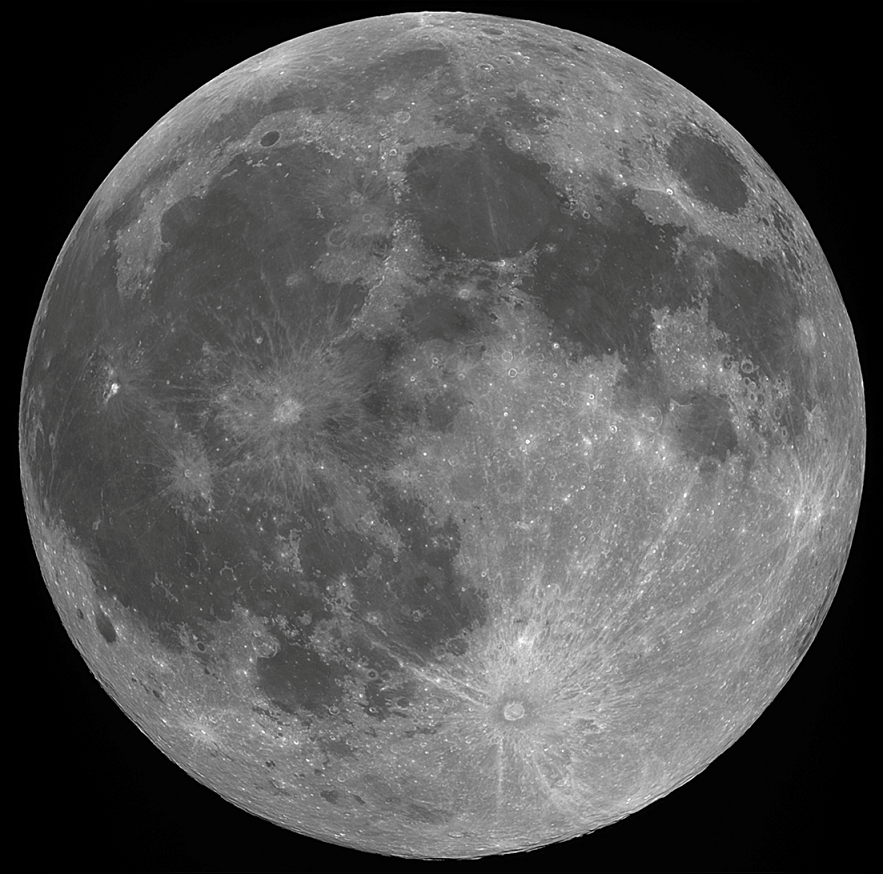
In addition to the full moon eclipse phenomenon, a second full moon will take place on at 9:27pm on that night, which is also known as the ‘Blue Moon’ (the second full moon occurring in the same month). It is also the second and final Supermoon for 2018.
*Pictures courtesy of Angkasa
"ExpatGo welcomes and encourages comments, input, and divergent opinions. However, we kindly request that you use suitable language in your comments, and refrain from any sort of personal attack, hate speech, or disparaging rhetoric. Comments not in line with this are subject to removal from the site. "


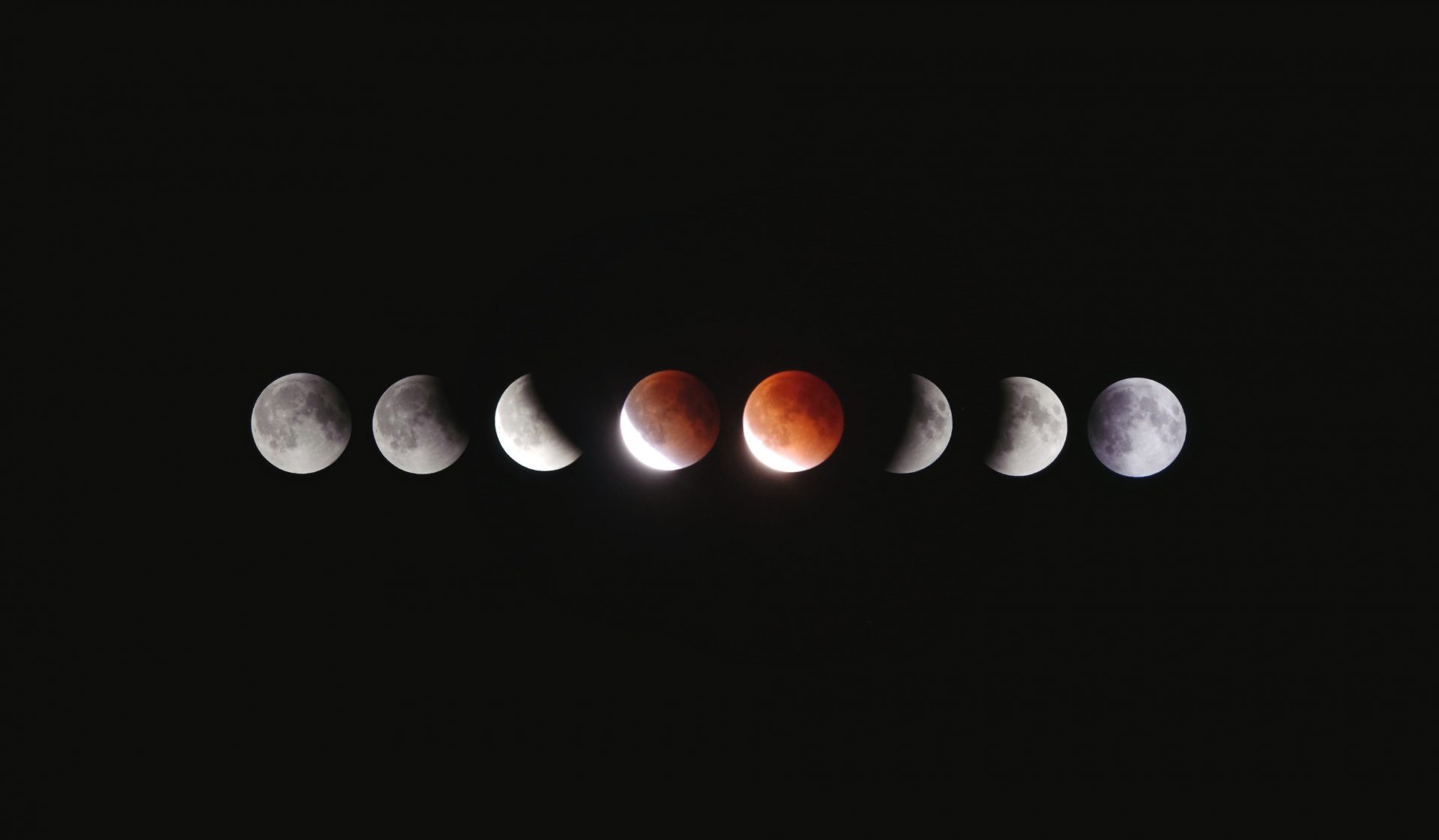





















Hayati Amier
Wahhh .jomm
Imre van den Elsen
Jim Thompson i Käri Twedt might be interesting for the boys?